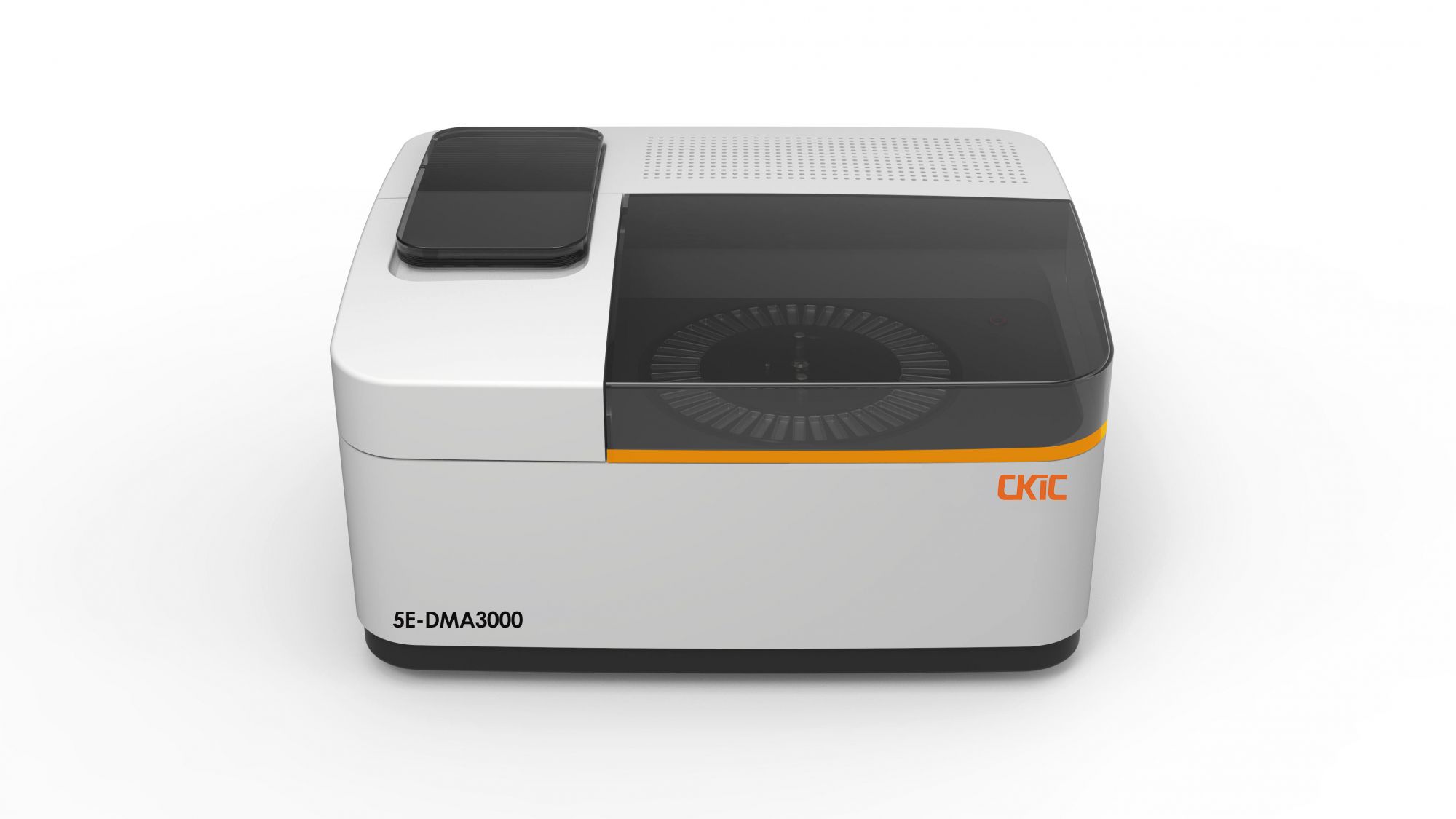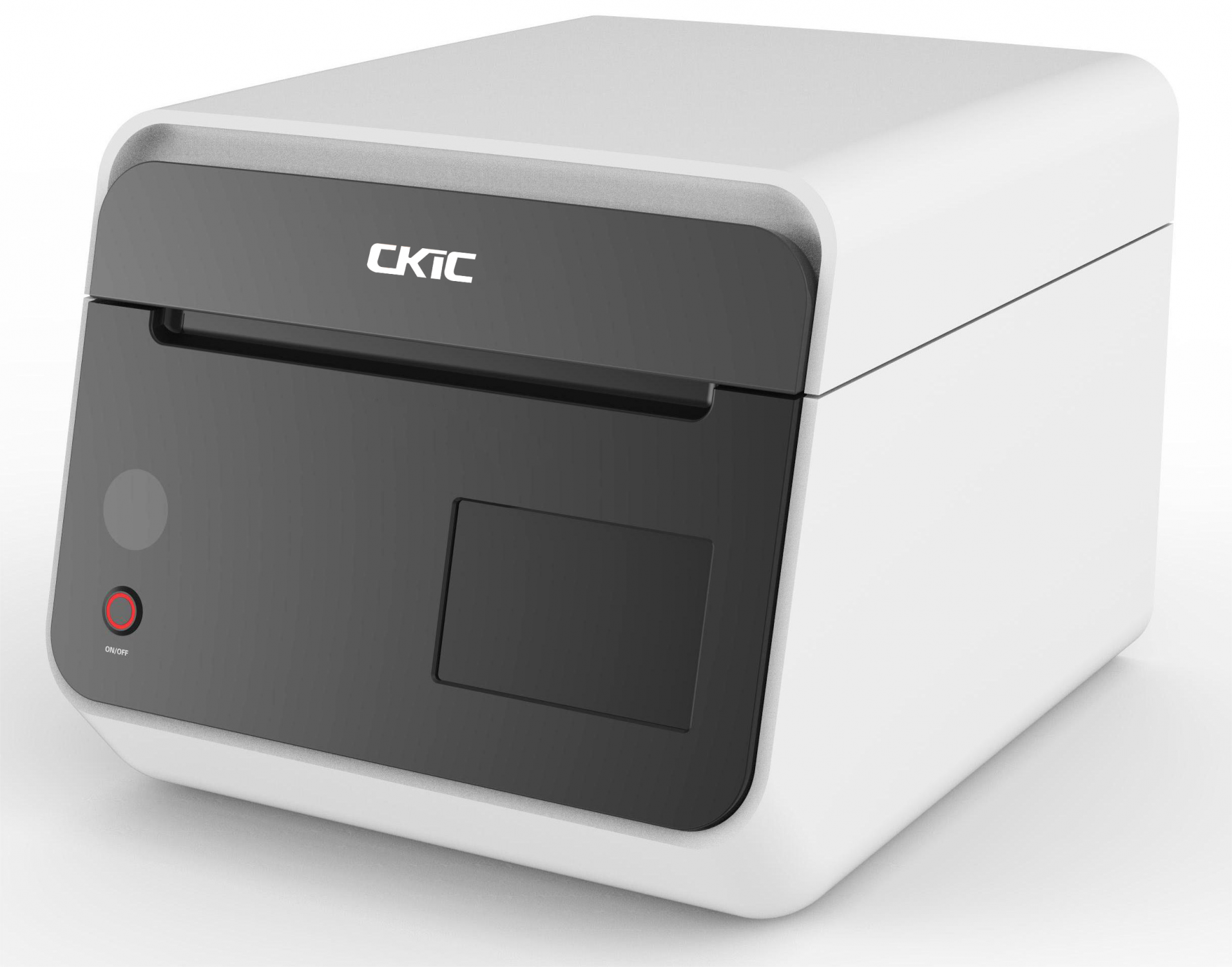
The new edition of GB/T 16659-2024 Determination of Mercury of Coal, was officially published on April 25th, 2024, and it will be implemented on November 1st, 2024.
Apart from structural adjustment and editorial modifications, what are the technical changes compared to the previous 2008 version?
Detailed Interpretation
1. Application
Applicable to the determination of mercury content in lignite, bituminous coal, anthracite, and newly added gangue.
2. Preparation of Sample Solution
3 methods available for preparing sample solutions, wet digestion, oxygen bomb combustion and microwave digestion, with the latter two recently introduced.
Oxygen Bomb Combustion
According to GB/T213, weigh out 0.99-1.01g (accurate to 0.0002g) of the general analytical coal samples into a dried combustion crucible and combust it. After combustion, allow the oxygen bomb to cool down, and then slowly and evenly release the gas continuously for no less than 2 minutes. Transfer the solution inside the oxygen bomb to a 100mL volumetric flask. Rinse all parts inside the oxygen bomb, the vent valve, the ignition electrode, both inside and outside of the combustion crucible, and the combustion residue. If carbon black is detected, the test is invalid. Pour the rinse solution into a volumetric flask, add 10mL nitric acid solution and 0.5mL potassium permanganate solution, and shake well to ensure the solution remains unfaded for 5 minutes. If it does fade, an appropriate amount of potassium permanganate solution should be added, and the timing should be reset. The solution should then remain unfaded for another 5 minutes. Then, slowly drip hydroxylamine hydrochloride solution into the volumetric flask while shaking it gently, until the potassium permanganate fades. After adding 2 mL of nitric acid, continue to dilute with water until the solution reaches the calibration mark, thereby finalizing the volume.
Microwave Digestion
Weigh out 0.1g (accurate to 0.0002g) the general analysis coal samples into the digestion tube, add 6mL nitric acid and allow it to stand for 30 min. Then, add 1mL H2O2. Once the reaction slows down, tighten the tube lid and place it in the microwave digestion system. Refer to the digestion program in Table 1 (or adjust based on the specific conditions of the microwave digestion system used in the laboratory). After the digestion solution cools, open the tube lid and place the digestion tube in an 80°C thermostatic waterbath for 1 hour to drive out brown gases. Allow it to cool, then transfer the solution to a 50mL volumetric flask, dilute it with water to the calibration mark, and finalize the volume.
|
Step
|
Preset Temp.
(℃)
|
Heat-up Time
(min)
|
Constant Temp. Time (min)
|
|
1
|
135
|
5
|
5
|
|
2
|
165
|
5
|
5
|
|
3
|
190
|
15
|
20
|
Table 1 Reference Working Conditions for Microwave Digestion System
3. Test Mthods
Four test methods available for determining mercury in coal, the cold-vapor atomic absorption spectrophotometry, the mercury vapor analyzer method, the atomic fluorescence spectrometry, and the direct mercury analysis method with solid sample feeding, with the latter two methods being newly added.
Atomic Fluorescence Spectrometry
Use argon as a carrier gas to introduce it into the atomizer and determine it by using an atomic fluorescence spectrometer. Process the sample into a solution. In an acidic medium, potassium borohydride is used as the reducing agent to reduce mercury in the test solution to mercury vapor. Argon is employed as the carrier gas to transport the vapor into the atomizer, and the mercury content is then determined using an atomic fluorescence spectrometer.
Direct Mercury Analysis Method with Solid Sample Feeding
The sample is directly fed into the mercury analyzer, where it undergoes drying and thermal decomposition in an oxygen stream. During decomposition, oxides of halogen, nitrogen, and sulfur among the decomposition products are adsorbed, while mercury is catalytically reduced and subsequently undergoes amalgamation within an amalgamation tube for enrichment. After purging the system for purification with oxygen, the amalgamation tube is rapidly heated to release mercury vapor, which is then carried by oxygen into the absorption cell for determination.
4. Test Report
The test report, which is newly added, should contain at least the following information:
—— Sample identification;
—— File No. and method of application;
—— Test results;
—— Non-compliance with standard;
—— Unexpected occurrences in test;
—— Test date.
The introduction of new methods has enriched the techniques for determining mercury in coal. Compared to other methods, the direct mercury analysis method with solid sample feeding stands out, as it allows solid samples to be tested directly without the need for digestion into a solution, thereby greatly simplifying the entire testing process and enabling rapid test results. Now, let’s delve deeper into the specifics of the entire testing process of this method.
Direct Mercury Analysis Method with Solid Sample Feeding
1. Summary of Test Method
The sample is directly fed into the mercury analyzer, where it undergoes drying and thermal decomposition in an oxygen stream. During decomposition, oxides of halogen, nitrogen, and sulfur among the decomposition products are adsorbed, while mercury is catalytically reduced and subsequently undergoes amalgamation within an amalgamation tube for enrichment. After purging the system for purification with oxygen, the amalgamation tube is rapidly heated to release mercury vapor, which is then carried by oxygen into the absorption cell for determination.
2. Reagents
- Oxygen: in compliance with GB/T 213.
- Nitric acid: GR, ρ=1.42g/mL.
- Mercury standard stock solution: 100ug/mL.
- Mercury standard intermediate solution: 1.0ug/mL.
3. Apparatus
- Mecury Analyzer
- Sample Boat
- Analytical Balance: analytical precision of 0.1mg
4. Analytical Sample Preparation
The general analysis coal samples should be prepared in accordance with GB/T 474 or GB/T 19494.2.
5. Testing
5.1 Sample Boat Preparation
Clean the nickel sample boat, rinse it, place it into the high remperature furnace, burn it at 650°C for 10 min, and cool it down. For quartz sample boat, soak it in a nitric acid solution for 30 minutes before use, clean it thoroughly with water, and dry it thoroughly.
5.2 Calibration Curve Drawing
Calibration Curve for Absorption Cell with Low -mercury Content
Accurately take out 0.00mL, 2.00mL, 5.00mL, 10.00mL, 15.00mL, and 20.00mL mercury standard intermediate solution into separate 100mL volumetric flasks, and then fill each flask to the calibration mark with nitric acid solution.
Next, take out 100μL from each of the mercury standard solutions in the series into a sample boat for determination. Each standard solution should be determined in duplicate, and the average value should be taken. Plot the calibration curve for the low-mercury-content absorption cell, using the corresponding mass of mercury (in ng) as the X-axis and the absorbance as the Y-axis.
Calibration Curve for Absorption Cell with High-mercury Content
Accurately take out 0.00mL, 0.20mL, 0.50mL, 1.00mL, 2.00mL, and 5.00mL mercury standard stock solution into separate 100mL volumetric flasks, and then fill each flask to the calibration mark with nitric acid solution.
Next, take out 100μL from each of the mercury standard solutions in the series into a sample boat for determination. Each standard solution should be determined in duplicate, and the average value should be taken. Plot the calibration curve for the high-mercury-content absorption cell, using the corresponding mass of mercury (in ng) as the X-axis and the absorbance as the Y-axis.
5.3 Stability Check of the Instrument
During the sample determination, certified coal reference materials with mercury content close to the analytical samples should be used for determination. The results should be within the uncertainty range of the certified value; otherwise, the problem should be figured out and resolved, and the samples tested before the check should be re-determined. The stability check of the instrument should be performed at the beginning and end of each batch of sample determinations. When the number of samples is large, an additional check can be performed after every 20 determinations.
5.4 Determination of Analytical Sample
Obtain the blank value prior to determining each batch of samples. Place an empty sample boat into the instrument and carry out the determination according to the set instrument working conditions. Proceed with sample determination only when the absorbance value is less than 0.0030; otherwise, repeat the blank value determination until the requirement is met.
Accurately weigh 0.05g to 0.10g (accurate to 0.0002g) the general analysis coal sample and place it in the sample boat for determination, referring to the instrument working conditions in Table 2.
|
Testing Phase
|
Temp. (℃)
|
Time (s)
|
|
Drying
|
200
|
60
|
|
Decomposition
|
650-700
|
90
|
|
Catalytic Tube Heating
|
615
|
-
|
|
Purging
|
-
|
60
|
|
Amalgamation
|
900
|
12
|
|
Recording
|
-
|
30
|
Table 2 Reference Working Conditions for Mercury Analyzer with Direct Solid Sample Feeding
6. Result Analysis
6.1 Result Calculation
The content of mercury in a general analysis coal sample is calculated as follows:
 where:
where:
 ---the content of mercury in a general analytical coal sample, expressed in μg/g.
---the content of mercury in a general analytical coal sample, expressed in μg/g.
mHg---the mass of mercury in the sample obtained from the calibration curve, expressed in ng.
m ---the mass of the geenral analytical coal sample, expressed in g.
6.2 Result Expression
The result is the arithmetic mean of repeated determinations, rounded to three decimal places according to the GB/T 483.
DMA Series Direct Mercury Analyzer

The 5E-DMA Series Direct Mercury Analyzer is used to determine mercury content in soil, sludge, waste water, food, produce, cosmetics, feed, fertilizer, coal, cooper concentrate, etc. It is able to directly measure the total mercury in solid and liquid samples without the need of complex sample pretreatment, effectively avoiding the loss of mercury in the pretreatment process, cross contamination and experimental environmental pullution, and ensuring the accuracy of the analysis data.
Features
Easy Operation
No digestion pretreatment is required; simply place the solid sample and complete the detection with one click.
High Efficiency
Single test only takes 2-4min, with the ability to process 45 samples (available in 5E-DMA3000) and 20 samples (available in 5E-DMA1000) in one batch.
Low Cost
No need for dehydration consumables; consumable cost is 70% lower than the traditional method.
Excellent Repeatability&Accuracy
Integrated catalytic-amalgamation tube ensures measurement repeatability; composite catalytic agent guarantees the accuracy of test results.
The DMA3000 Direct Mercury Analyzer fully complies with the solid sample direct mercury analysis method, capable of accurately, rapidly, and efficiently determining the mercury content in coal.







